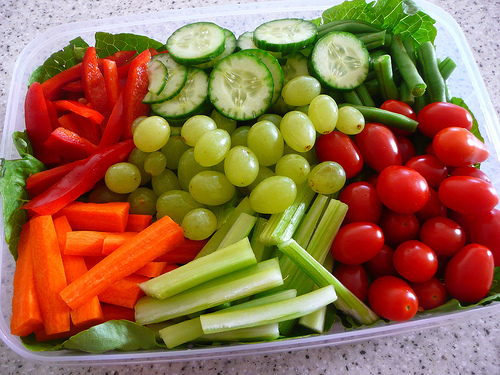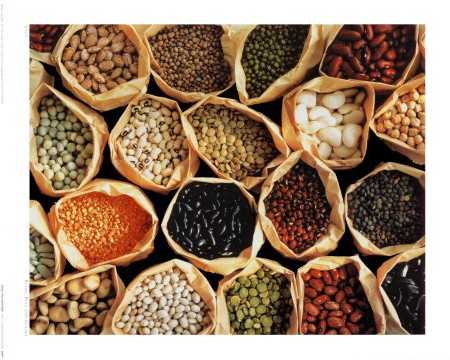
Why drink green tea?
There are numerous health benefits to drinking green tea. Research has shown that green tea helps to boost the immune system, regulate cholesterol levels, decrease build-up of plaque in the arteries, interferes with the cancer process in a good way, assist in weight loss, fight harmful bacteria and viruses and protect the body against free radical damage. Green tea also contains catechins which are very powerful antioxidants and disease fighting compounds.
Green Tea and Diabetes
- The catechins in green tea increase insulin sensitivity and therefore help the body deliver glucose more efficiently.
Green Tea and Cholesterol
- Green tea reduces cholesterol by lowering its absorption in the digestive tract and increasing its excretion
Green Tea and Cardiovascular Disease
- Green tea not only reduces cholesterol, it also decreases blood pressure, decreases the bloods stickiness (decreases clot formation), prevents LDL oxidation (when LDL – bad cholesterol, oxidizes, it causes plaque formation in the arteries)
Green Tea and Weight Loss
- Green Tea helps to increase the rate of calorie burning, it reduces body fat levels and can prevent excess weight gain
Green Tea and Cancer
- Green tea can help prevent the growth of tumors in the breast, prostate, lungs and skin. The catechins in green tea inhibit the cancer process in all its stages and protect the body from free radical damage (therefore acting as an antioxidant). It also lowers the toxicity of certain carcinogens, inhibits cancer activation, slows tumor growth and spread, inhibits growth of blood vessels to feed the tumor and encourages cancer cells to die.
Green Tea and Cognition
- Green tea improves memory, cognitive function, and enhances your ability to learn. It can also prevent Alzheimer’s Disease.
How much green tea is needed?
- Most experts recommend a daily intake of 3-10 cups which is equivalent to approximately 300-1000 mg of catechins a day to achieve maximum health benefits. Of course drinking just one cup a day is still beneficial.
How to prepare green tea
Bring water to a full boil, but only for a few seconds. Measure tea if using loose tea (2-3 g or as per package directions) or use one tea bag per 8 oz cup of water and place in a cup or tea pot. Pour water over the tea leaves. For best taste, steep the green tea for just 2-3 minutes. For highest catechins content steep it for a minimum of 3 minutes – the longer the better. Although, the longer you steep it, the more bitter your tea will become. If using loose tea, you will need to strain the tea leaves once steeped. You can now enjoy your green tea!
Why replace coffee with green tea?
The caffeine in coffee increases cortisol which then increases insulin resistance (when insulin becomes less effective at lowering blood sugars) by up to 30% (this is due to the caffeine content not due to adding sugar). On the other hand, green tea contains a substance called theanine which causes a calming effect on the nervous system and therefore does not increase cortisol and does not increase insulin resistance despite it’s caffeine content.
If you have an allergy or sensitivity to coffee, it can produce a wide variety of symptoms such as heartburn, headaches, and migraines to name a few.
There is no comparison between the taste of green tea and coffee. They taste very different and it may be difficult to replace coffee with a cup of green tea. So continue to drink both until your taste buds get accustomed to the flavour of green tea. These days it is easy to please your palate since there are a variety of different green tea flavours. You can also mix a variety of teas to enhance the flavour of green tea and make it more enjoyable if you find the taste unpleasant.
Image courtesy of www.sensibleweightlossnow.com












